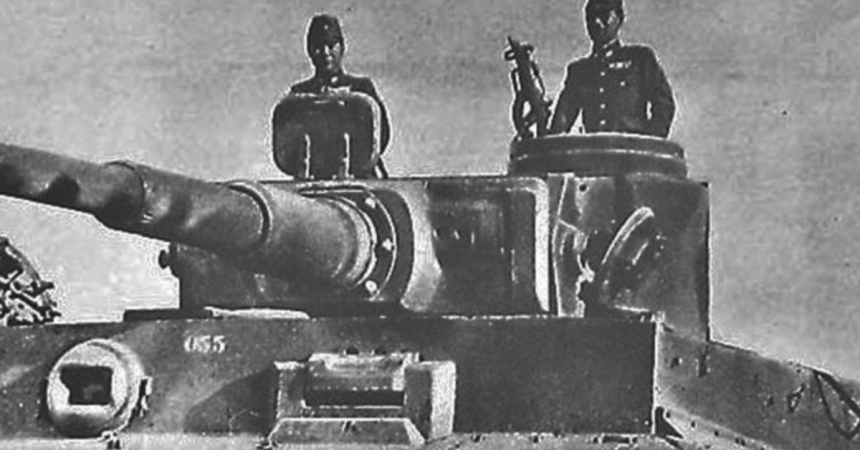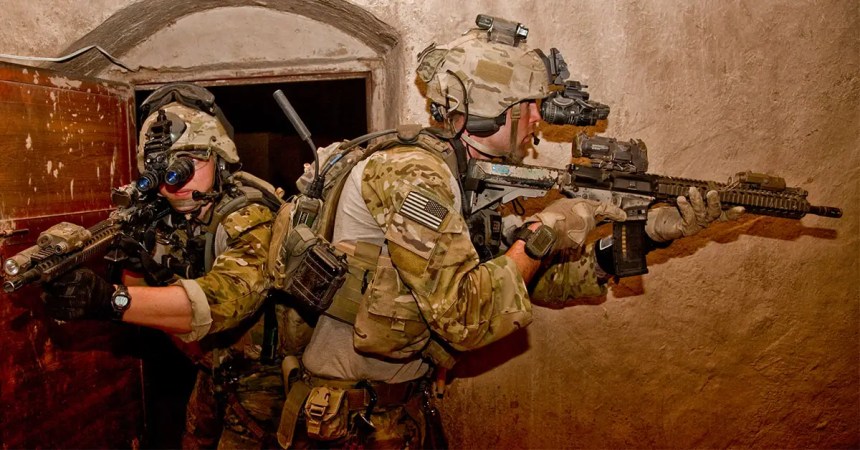Operation Credible Sport was hatched in the wake of the disastrous Operation Eagle Claw, the attempt to rescue hostages held at the U.S. embassy in Tehran, Iran that resulted in a collision at a refueling point in the desert that destroyed two aircraft and killed 8 service members. The mishap caused commanders to call off the mission.
But the hostages were still in Iranian hands and a new attempt at rescue had to be made. The Air Force decided to attempt the mission using a C-130 modified with rockets to takeoff and land in short distances. The modified aircraft would land in a soccer stadium near the U.S. embassy, allow the assault team out to rescue the hostages, then pick everyone up and fly them out.

Rocket-assisted takeoffs, or RATOs, is a technique where rocket engines provide the lift necessary to let heavy aircraft takeoff on a short runway. The tactic had been in use since World War II and C-130s had already successfully employed the technique. The more well-known JATO, jet-assisted takeoffs, worked in a similar manner with jet engines doing the heavy lifting.

But Operation Credible Sport called for rockets to also assist in the landing, which required three sets of rockets to fire at precise times in the process. First, a set of forward-facing rockets would act as an air brake. Then downward-facing jets would slow the aircraft’s descent and after touchdown a third set of rockets would stop the C-130 on the short runway.
Unfortunately the C-130 test flight was less than successful. When the pilots attempted to land the plane, the first set of rockets blinded the pilots. Then the flight engineer was dazzled by the first rockets and thought the plane had already reached the ground. Thinking he just needed to stop the aircraft, he fired the final braking rockets and halted the plane’s forward momentum.
This stopped the wings from creating lift. The second set of rockets, designed to slow the plane’s descent and soften the landing, had not been fired. So the plane fell the final twenty feet to the runway almost straight down.

The shock of the landing broke part of the right wing off. The rockets then lit the jet fuel on fire, and the entire airplane was destroyed.
Luckily, the crew made it out of the wreckage alive. The Air Force buried the plane at the test site and ordered the rockets placed on a backup C-130 so testing could continue.
But negotiators were able to reach a settlement that freed the hostages and made the modifications unnecessary. The plans for a rocket-landed airplane were then scrapped.
Watch the modified aircraft fly below, (and check out 1:40 to see the crash):










